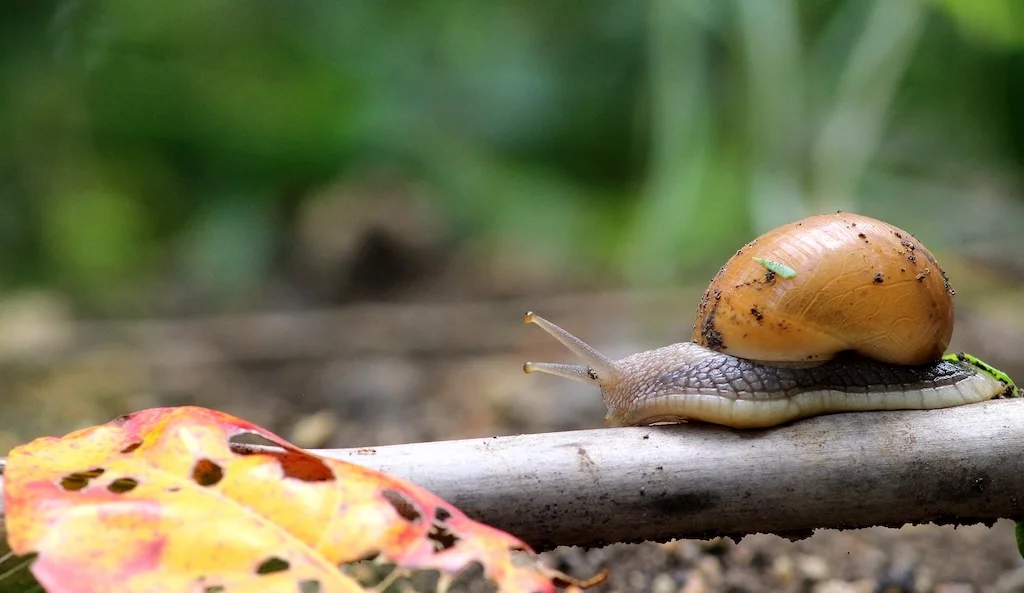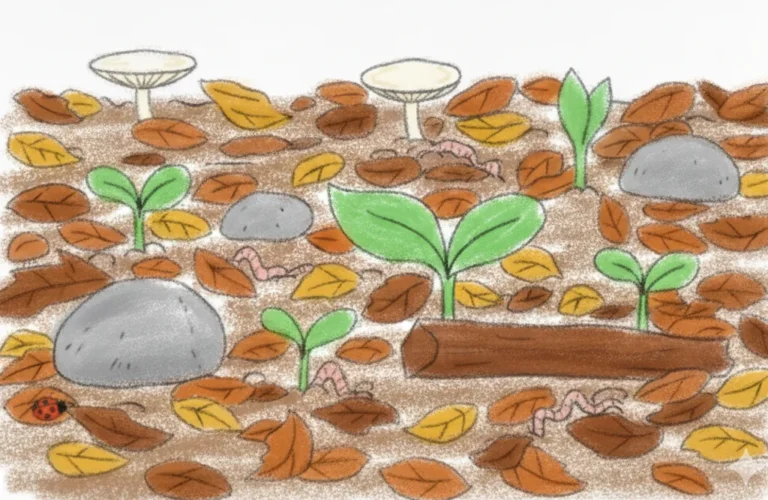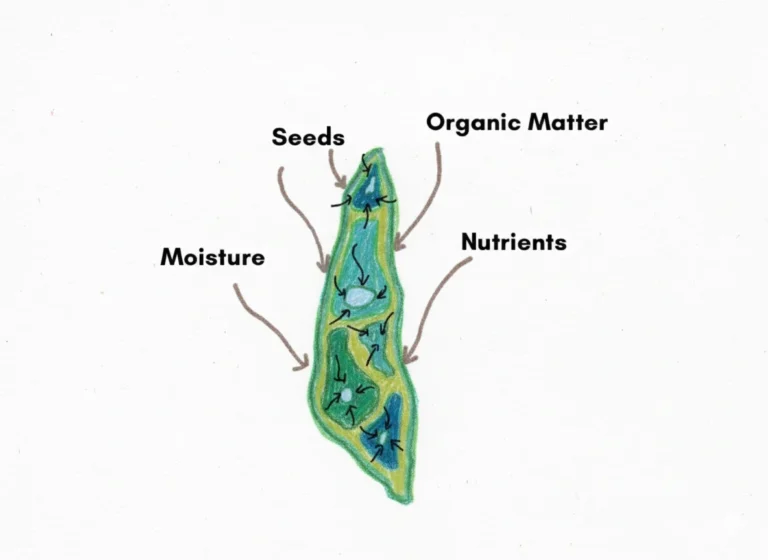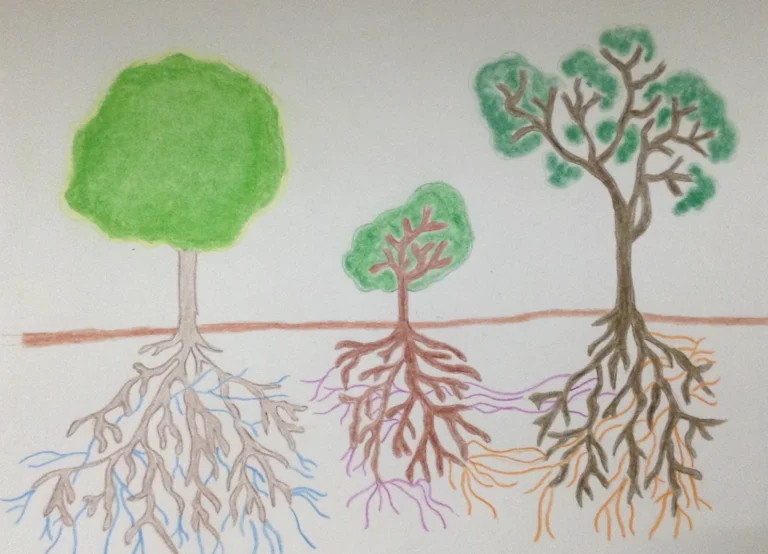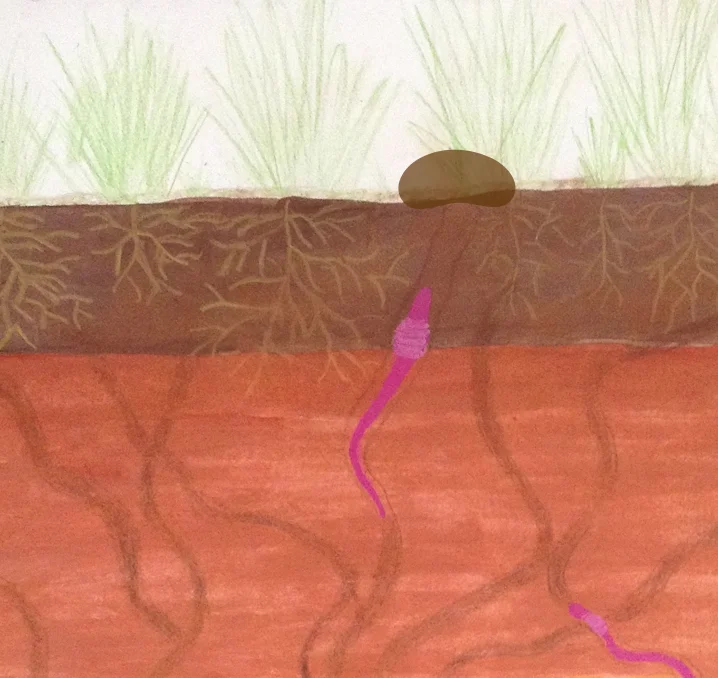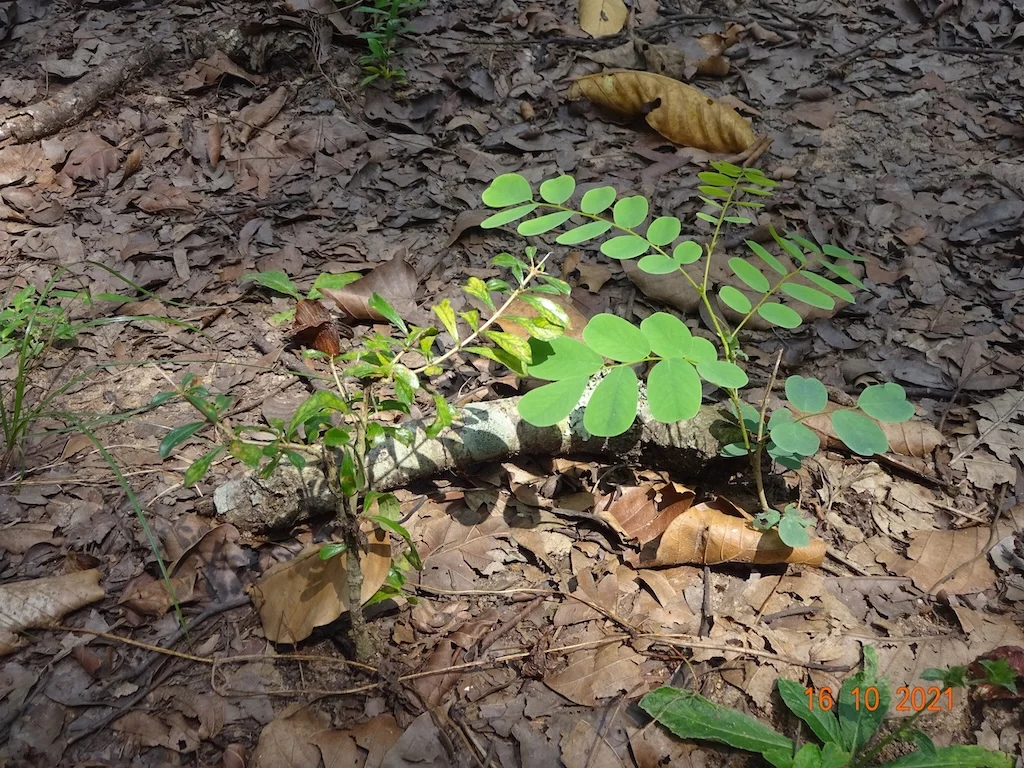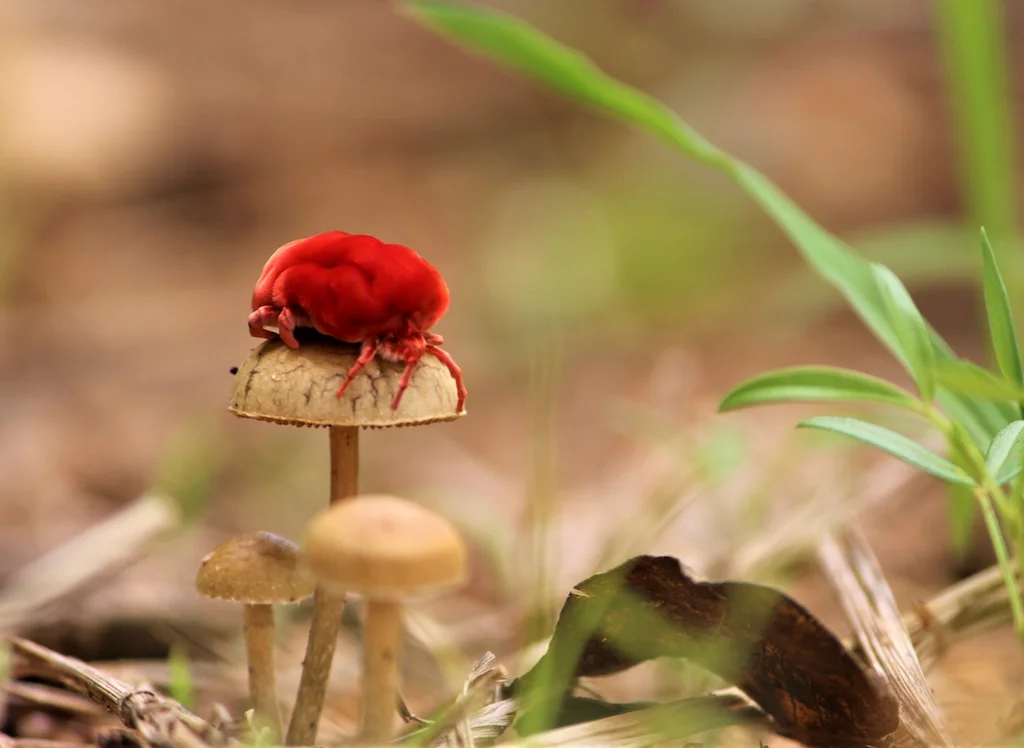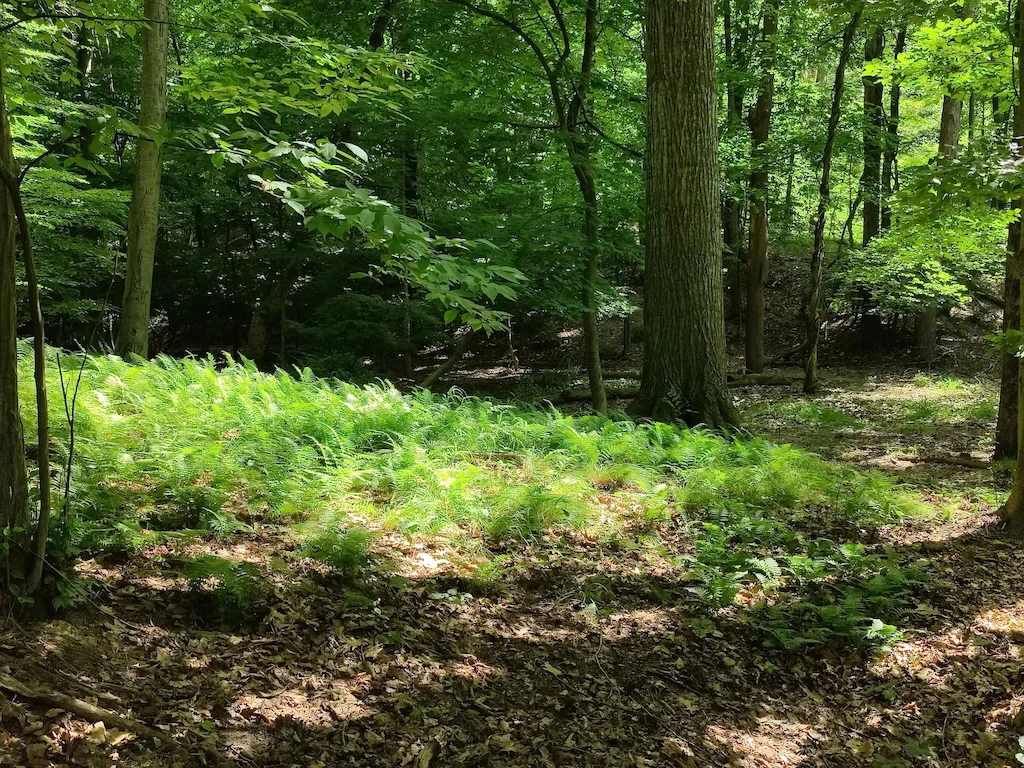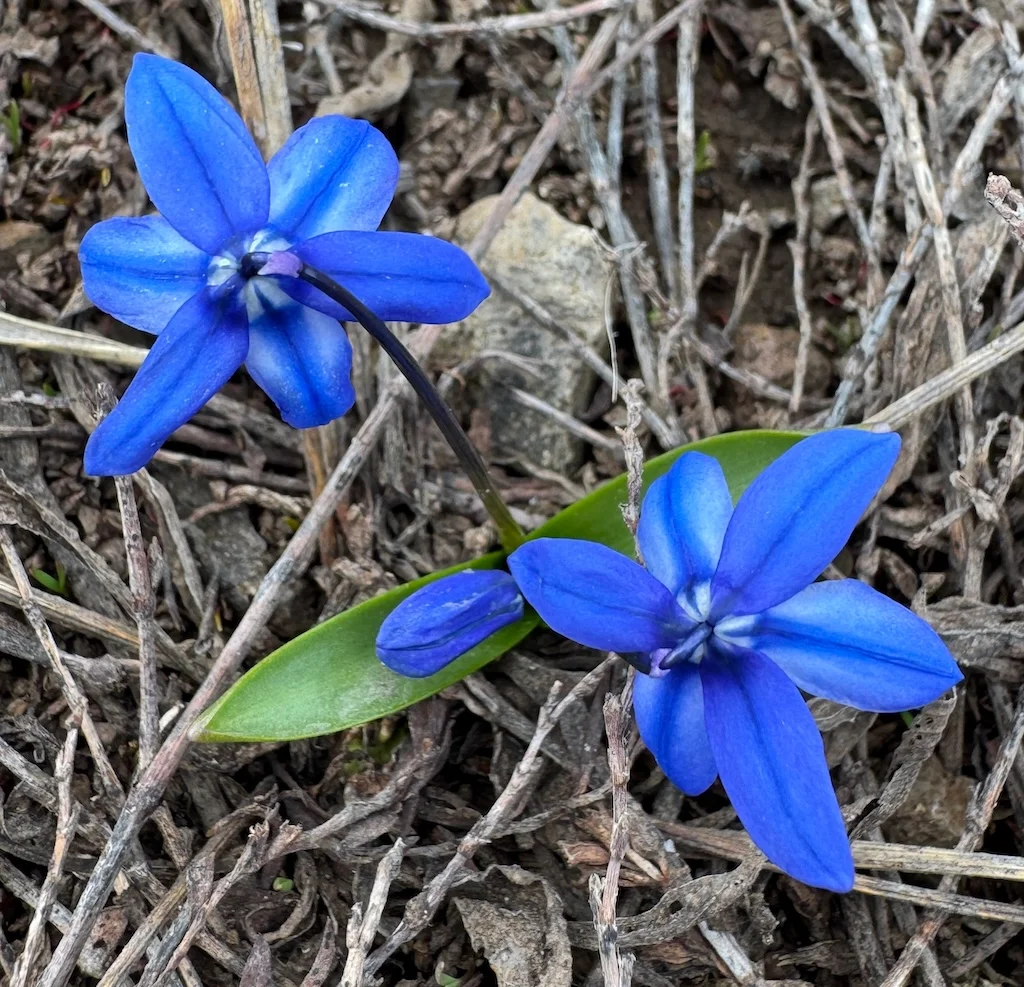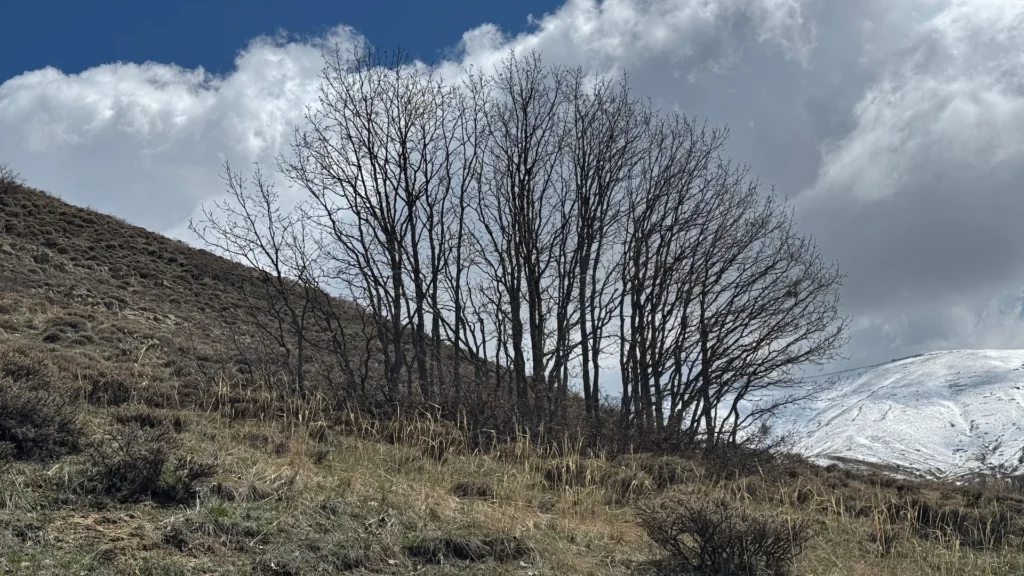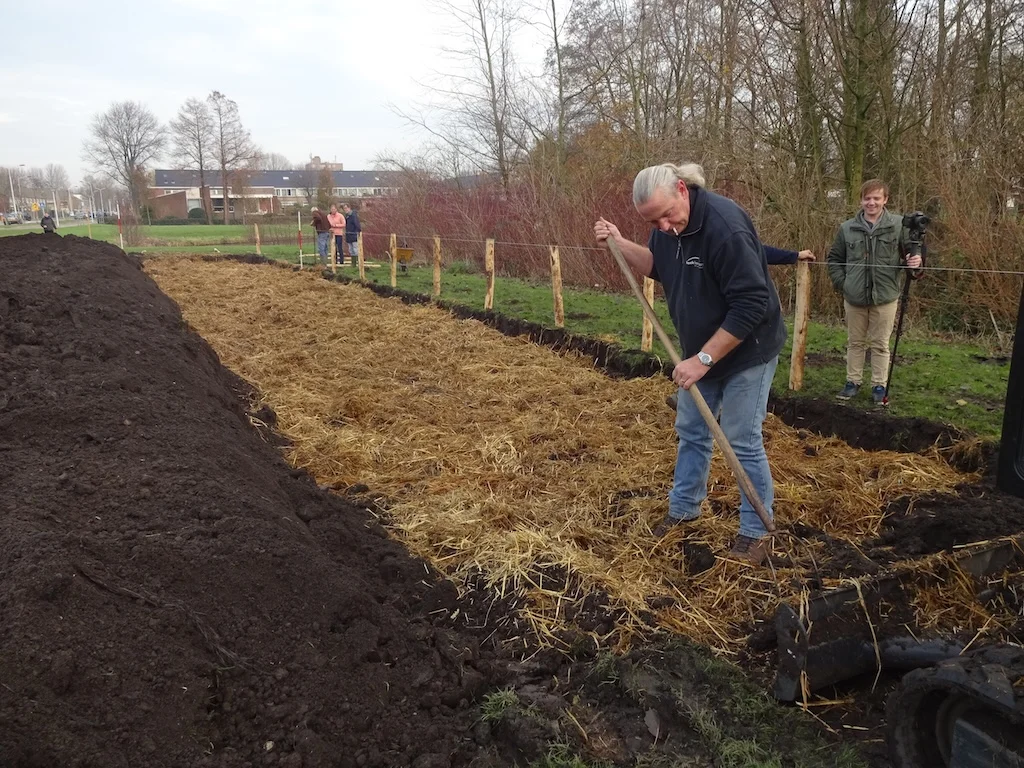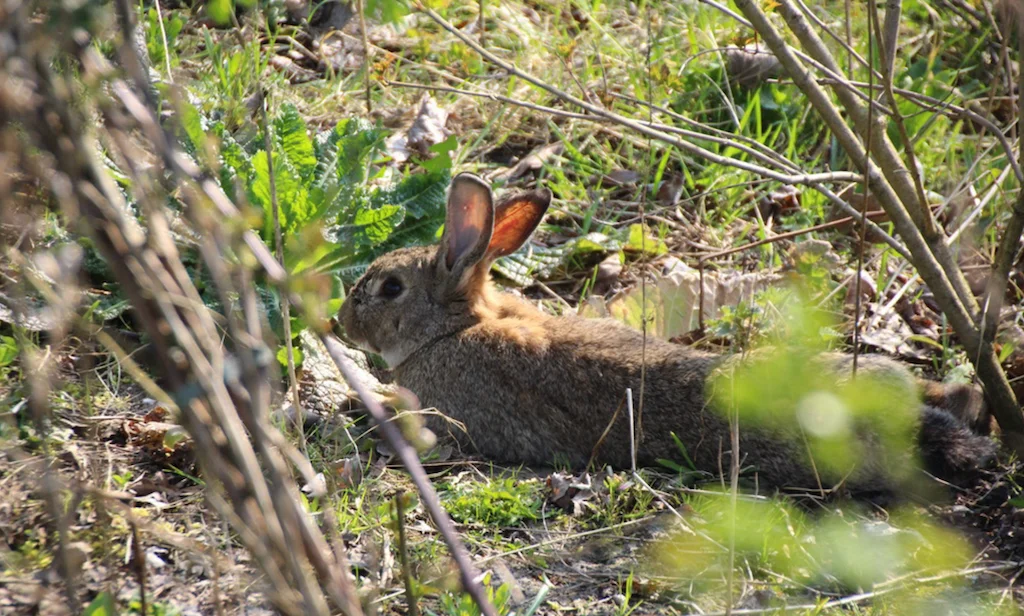Soil as Storyteller
Most human habitats hold soil with its own history. Dug out, shifted, mixed with debris, or treated as mere dust, soil loses its ecological character. Yet soil is not just a medium for plants—it is an ecosystem in itself. When soil loses its vitality, so too does the life it sustains. Our work begins by restoring the lost capacity of soil to nurture microorganisms, plants, insects, and birds. In doing so, we re-establish the ancient association between healthy soil and native flora, allowing forests to take root and thrive.
